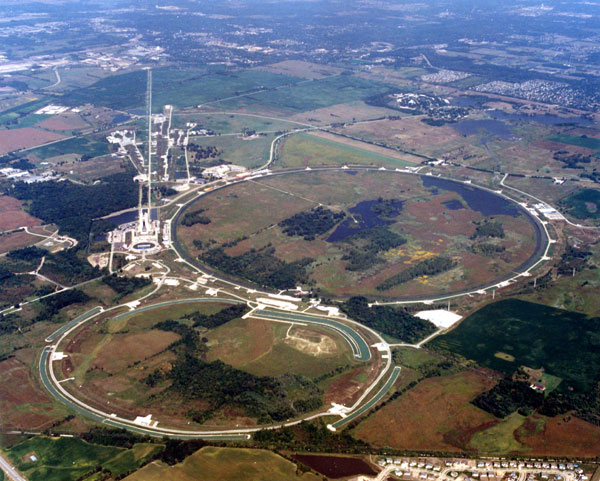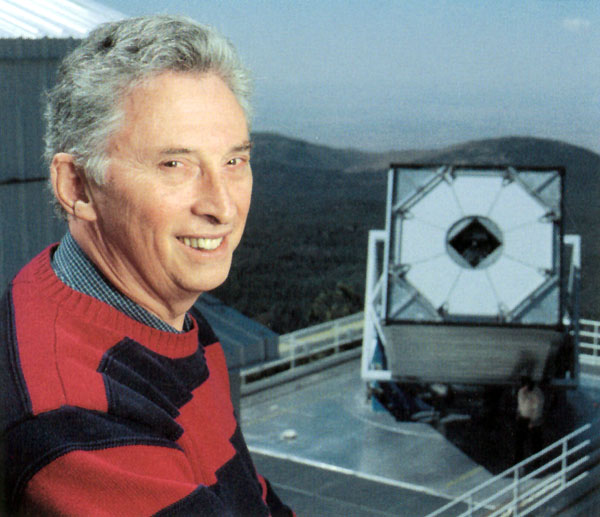Conclusion
VI. Conclusion
As the program at Fermilab moves forward the particle physics field focuses inside the quark and beyond. Fixed-target and colliding-beams experiments continue their searches on the frontier. The KTeV experiment will probe uncharted regions to reveal new information about the differences in the laws of physics between matter and antimatter. The Main Injector will begin a search to investigate whether neutrinos do or do not have mass. Known as the NuMI Project, this research hopes to explain the existence of dark matter in the universe, yielding an explanation of how galaxies form. The Collider program will continue to probe for a deeper understanding of heavy quarks, the bottom and the top. The new Experimental Astrophysics Group will examine the heavens mapping the universe in a Digital Sky Survey.
Innovative technologies emerge from the research conducted at Fermilab. Eventually these contribute to improving our society and culture. The knowledge gained enriches our citizens, preparing them for their future.
Fermilab holds a leadership position at this fundamental frontier with the instruments and knowledge needed to explore the unknown. Discoveries lie ahead and beckon our inquiry.

NEXT: End of presentation





